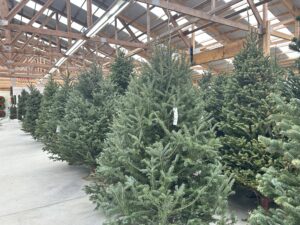As you drive up the lane toward Hann’s Christmas Farm in Oregon, Wisconsin, you can’t help but smile. The barns and outbuildings resemble Santa’s workshop donned in evergreen beaus and red ribbons. The fragrance of pine fills the air. And the staff is hard at work fashioning wreaths and wrapping trees, mirroring a scene from the North Pole.
Greg Hann is the second generation on his family’s Christmas tree farm, a 50-acre operation growing about 70,000 trees accounting for five different species. He’s also an active member of the Wisconsin Christmas Tree Producers Association. He speaks for Wisconsin growers in that the busiest weekend for Christmas tree growers are the days following Thanksgiving.
Hann says the pandemic really drove people back to the farm to get real Christmas trees because it was an activity that the family could do together outside.
“We are seeing a huge uptick still,” he says. “It’s nice to see that people are interested in our crop. We really enjoyed that people understand the benefit to growing a Christmas tree in Wisconsin; the benefit of the natural habitat that it gives us.”
The farm opens Nov. 1, one of the first to open in the state. Hann says this is because people are looking to decorate earlier and earlier every year. He says it’s becoming more common for folks to put the tree up earlier and take it down on Dec. 26. In the past, families would keep the Christmas tree up through the Epiphany, a Christian holiday on Jan. 6.
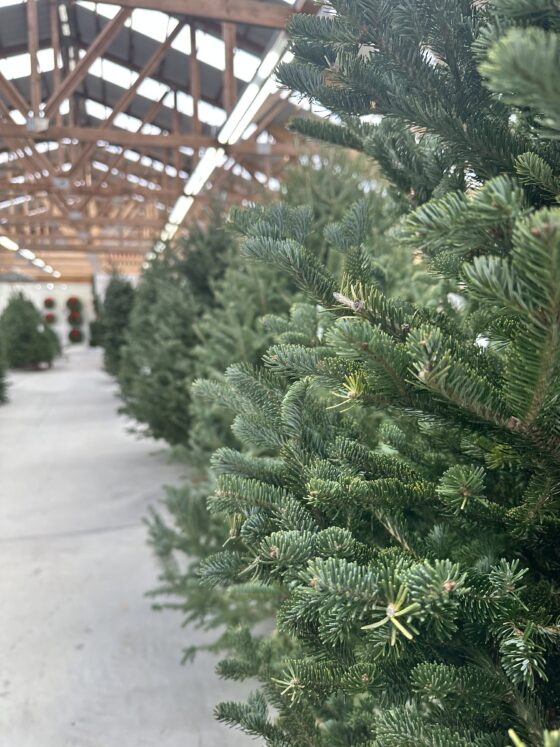
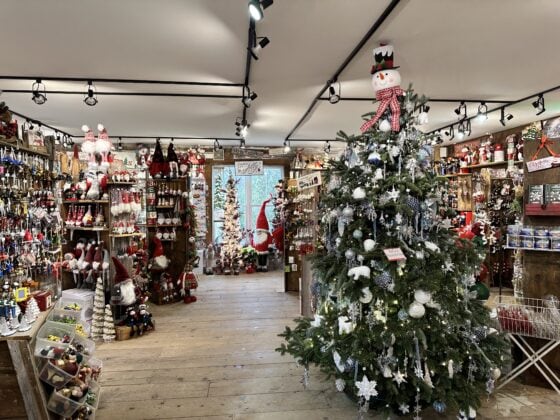
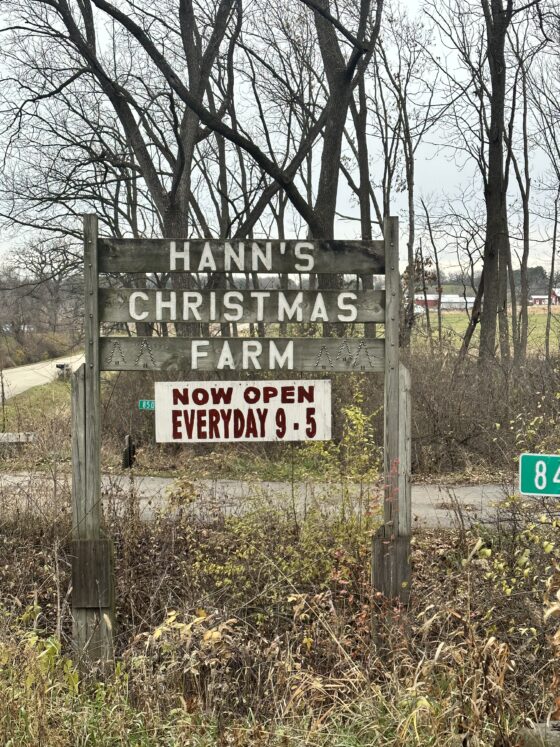
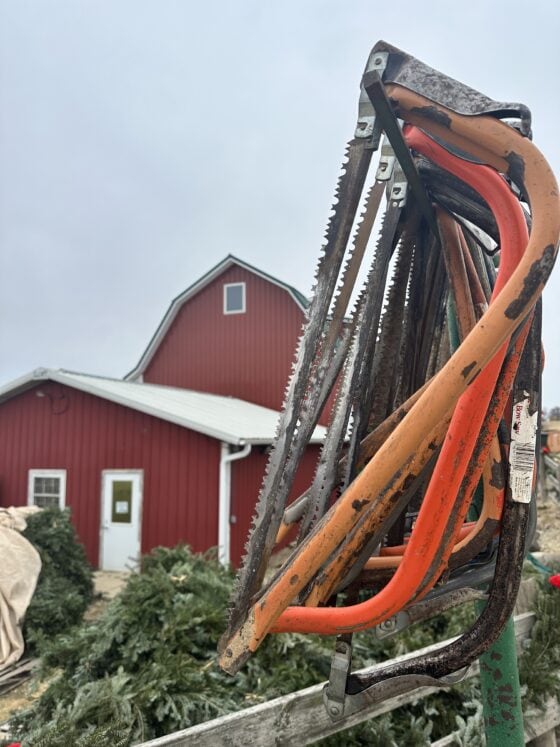
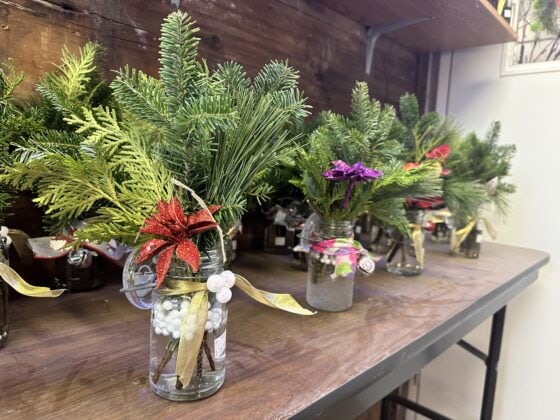
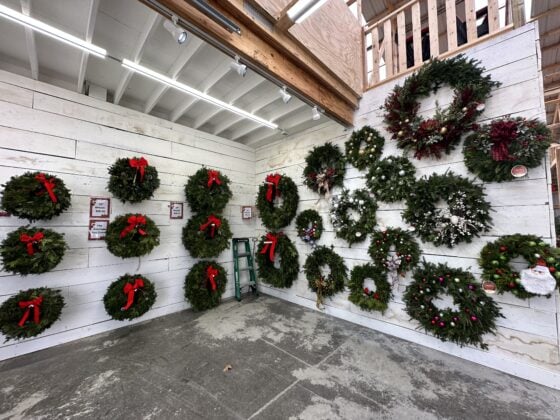
A Christmas tree can last about six to seven weeks. Hann says there are tree preservatives on the market that folks can use, such as a tablet that gets added to the water. But a pro-top is to make sure you have a fresh cut on the tree.
“If you cut it yourself or if you even go to a lot or different farms, make sure you cut that inch, inch and a half off of the stump of the tree so that the water will uptake a little better,” Hann says. “Always do a fresh cut within an hour, hour and a half of putting it into water in your home.”
This year’s drought was a problem for the one-year-old and two-year-old trees, but mature trees were able to handle the low moisture. The drink of water in late September really helped reduce stress in the tree ahead of harvest. Growers noticed that the trees did not grow wide with the lack of moisture, but the trees did get more dense foliage, which Hann says customers will appreciate.
Above: If this is your first year getting a real Christmas tree, it doesn’t have to be an intimidating process. The experts are helpful! Brooke has worked at Hann’s Christmas Farm for eight seasons. After you pick out a tree or cut one down yourself, staff will shake off any old needles with this handy device! Brooke shows us how it’s done.
Above: After the tree gets a shake, it gets wrapped up for the drive home. Brooke and the rest of the staff help you tie it to the roof of your car. Just don’t forget it’s up there! Greg Hann says some people accidentally pull into their garage with the tree on the car. Oops!

